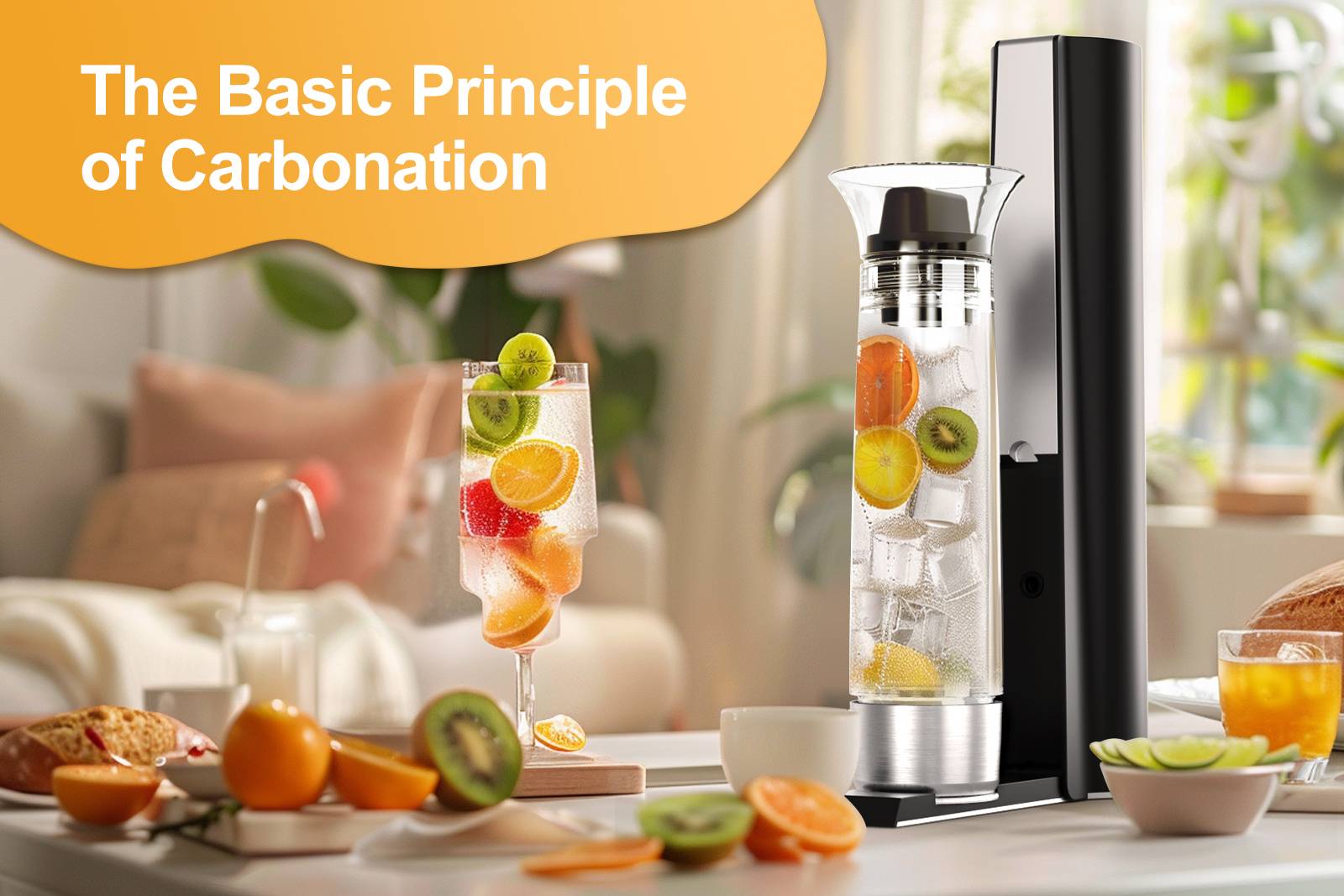The allure of a perfectly carbonated beverage is undeniable, and with the rise of home carbonation systems, the magic of creating fizzy drinks has become accessible to enthusiasts everywhere. At the heart of these systems lies a fascinating yet straightforward principle: the compression of carbon dioxide and its dissolution under pressure into water to create effervescent bubbles. This article will explore the fundamental science behind home soda makers.
The process of carbonation is rooted in the physical phenomenon of gas dissolution. When carbon dioxide (CO2) is pressurized and introduced into water, it dissolves to form carbonic acid, which in turn creates the characteristic bubbles we associate with sparkling beverages. The key to a successful carbonation is achieving a high level of CO2 saturation without exceeding the water's capacity to hold the gas, a delicate balance that home carbonation systems must maintain.
The gas bottle model of home carbonation systems is characterized by its use of a sizable steel cylinder filled with compressed CO2. This setup provides a continuous and reliable source of carbonation, capable of producing a significant volume of sparkling water. However, the size and weight of the CO2 cylinder make these systems stationary, typically designed for countertop use. Despite the lack of portability, the gas bottle model offers a robust solution for those seeking a high-capacity carbonation system.
- Consistent Performance: The gas bottle model ensures a steady supply of CO2, delivering consistent carbonation levels with each use.
- Cost-Effectiveness: Once the initial investment in the system is made, the ongoing cost of CO2 is generally lower compared to the gas cartridge model.
- Eco-Friendly: Sustainable household carbonation methods.

The effectiveness of a home carbonation system hinges on its ability to dissolve CO2 into water efficiently. Factors such as water temperature, pressure settings, and the purity of the CO2 all play a role in the quality of the final product. Home carbonation systems are designed to optimize these variables, ensuring that users can achieve the desired level of fizz with ease.
Beyond the basic carbonation process, home soda makers open up a world of possibilities for creative beverage concoctions. From infusing flavors with fresh fruits and herbs to experimenting with different levels of carbonation, the sky is the limit. Users can tailor their beverages to suit their tastes, health considerations, and dietary preferences.